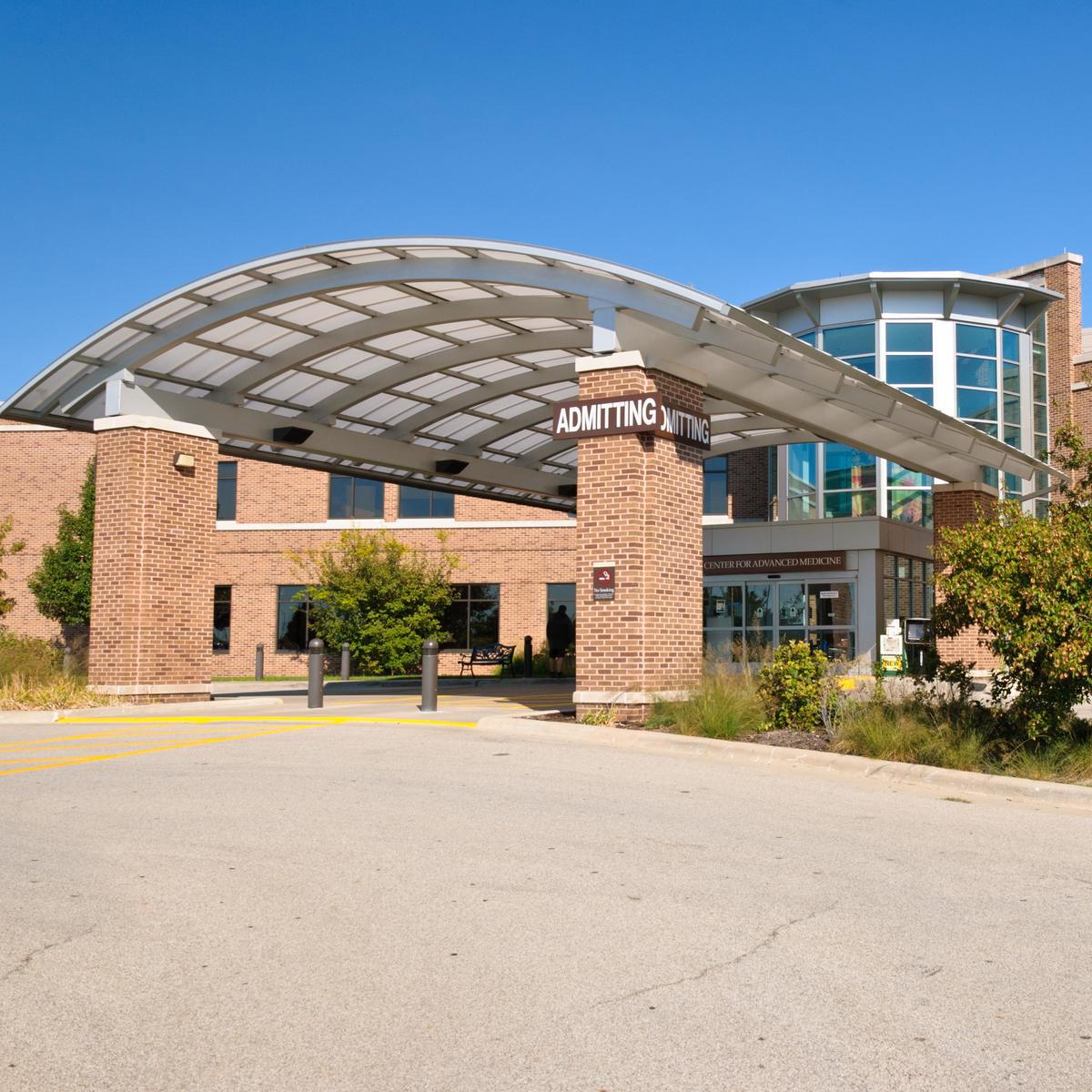Lumbar Puncture
When to Come, and Where to Go
Please arrive two hours prior to the time that your test is scheduled. Check in through the admitting department located at Entrance A. Admitting will then direct your room.
What to bring with you
Please bring a list of all of the medications you take, include the dose you take and how often you take them. Please include all over the counter medications on your list.
You may have had x-rays (x-rays, CT scans, MRIs) done at a hospital other than OSF Saint Joseph Medical Center. Please bring copies of the films or a CD with you the day of your test. You may also request that your doctor’s office send the films or results to us at the hospital before your test.
How to prepare
You should have nothing to eat or drink eight hours before the test.
Medications¹
You may take medications with 2 to 3 sips of water, except for blood thinners.
Discontinue Blood Thinners
- For Aspirin, Aggrenox, NSAIDS (non-steroidal anti-inflammatory drugs such as Aleve, Nuprin, Motrin, Ibuprofen, etc.) stop for 3 days prior to procedure.
- For Coumadin, Brilinta, Plavix, Ticlid stop for 5 days. You must contact your physician to discuss your needs during this time.
- For Effient or Pradaxa stop for 7 days. You must contact your physician to discuss your needs during this time.
- For other blood thinners and questions, please contact your physician for instructions.
¹Before stopping any medications check with your physician to make sure it is OK to stop them!
Allergies
Inform the staff if you have an allergy to Latex or betadine.
Pregnancy Testing Policy
It is the policy of OSF Saint Joseph Medical Center to conduct pregnancy tests on all female patients having a CT, MRI, Nuclear Medicine, Angiography, or X-ray exams of the pelvic/uterine area. This policy is to avoid potential harm to an unborn baby as a result of the radiation or medications given during the exam. A pregnancy test is required prior to the procedures listed above and should be ordered by your physician if you are a female between the ages of 10 and 55 and if you have not had a hysterectomy or bilateral oophorectomy. Home pregnancy tests are not acceptable.
If you know that you are pregnant please notify your physician.
Before the Procedure
Once you arrive in your room you will be asked to put on a hospital gown. You will have blood drawn for labs and an IV will be started. A nurse may also perform a physical assessment. One of our radiology nurses will come over to explain your procedure in greater detail and answer any questions you may have. You will be asked to sign a consent form before the procedure is started.
Procedure
The procedure will be done in the radiology department. You will be asked to lie on the x-ray table positioned on your stomach. Monitoring equipment will be applied. Every effort will be made to keep you comfortable. If you are anxious or uncomfortable, medications are available. A special type of x-ray called fluoroscopy will be used by the Radiologist to guide him during the procedure. The radiologist will clean the skin on your back with betadine. The radiologist will localize the skin with a numbing agent called Lidocaine. After the skin is numb, the radiologist will insert a needle into your spinal canal. Once the needle is in place, cerebral spinal fluid (CSF) will be collected and sent off the lab for analysis, and then the needle will be removed. The doctor will apply a band-aid or dressing over the puncture site.
After the Procedure
You will be brought back to your room. Following your procedure you will be on bedrest for a minimum of 1 to 2 hours. A common side effect of a lumbar puncture is a headache. Drinking plenty of fluids and caffeinated beverages will help prevent headaches. If you are medically stable, you will be discharged one to three hours following your procedure. You must have someone available to drive you home.
Test Results
You will need to make arrangements with your doctor to get your test results (follow-up doctor’s appointment, calling the doctor’s office, etc.). Test results may return to physician’s office at different intervals so please allow 5 days before calling for results.
